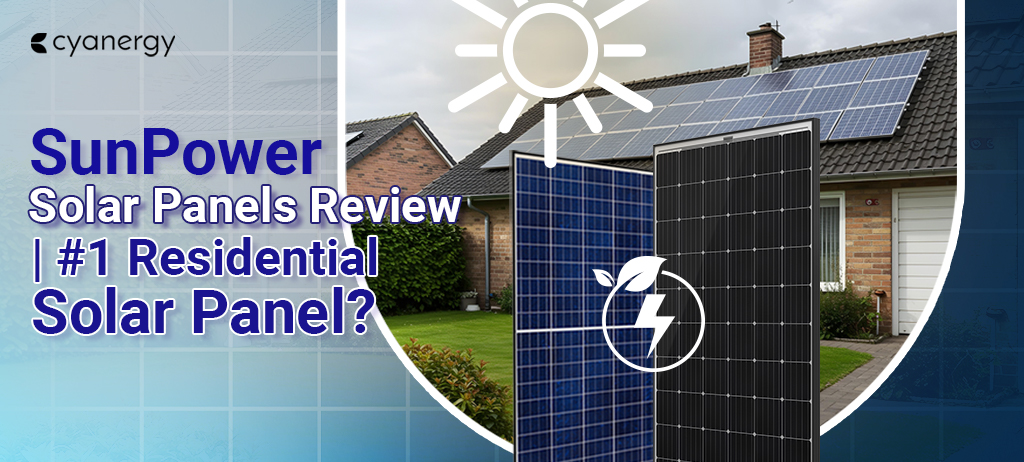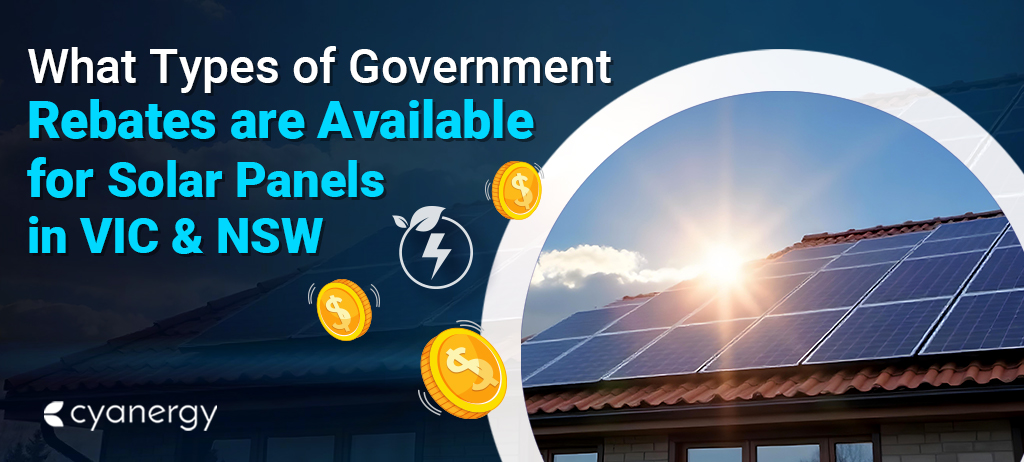As the cost of living keeps increasing, every dollar you save makes a difference. Utility bills are a big part of homeowners’ expenses, so finding ways to cut these costs without sacrificing comfort is essential.
Switching to water-saving fixtures is one of the best ways to lower household costs and reduce your home’s environmental impact.
Are you interested in knowing easy ways to save water with low-flow fixtures at home but need to know where to begin? This complete guide will cover the best water-saving fixtures for your home, helping you save water and manage rising living costs.
But what are low-flow fixtures? How do they help with water efficiency? What are your water usage patterns? Let’s understand these first to save water correctly.
Understanding Water Use
Cutting back on water use at home is an easy way to lower your water and energy bills while helping the environment.
Saving water—even in places without shortages—means we don’t need to build new dams, take water from rivers, or treat as much wastewater. This also saves energy required to treat and move water, which in turn helps reduce greenhouse gas emissions.
The amount of water your home uses depends on the number of people living there and the size of your garden.
However, nearly every household can use less water, often with little cost. Many water providers have calculators on their websites to help you check if you’re using water efficiently.
What are Low-flow Fixtures?
Low-flow fixtures are specially designed plumbing products like shower heads, faucets, and toilets that use less water than standard ones without sacrificing performance.
Their main goal is to conserve water, which helps lower water bills and reduce strain on local water resources.
Some examples of low-flow fixtures include:
- Low-flow Faucets: Use aerators to mix air with water to reduce the flow rate
- Low-flow Shower Heads: Use technology to restrict water flow
- Low-flow Toilets: Use advanced flushing mechanisms to reduce water consumption per flush
How Low-Flow Fixtures Work
Low-flow fixtures save water without sacrificing performance. Here’s how:
Aerators: Many low-flow faucets and shower heads have aerators, which mix air with water to keep the water pressure strong while using less water.
Flow restrictors: These devices in faucets limit the water flow but don’t reduce the pressure, so you use less water without feeling a difference.
Dual-flush: Low-flow toilets have two flush options—one for liquid waste and one for solid waste—so you use just the right amount of water every time.
Reducing Water Use
There are many simple ways to save water at home. Choosing water-saving showers, toilets, taps, and appliances is easiest.
Consider updating your showers, taps, and appliances even if they still work. Appliances that use less water and energy save money and can quickly pay for themselves with lower utility bills.
Depending on where you live, you might qualify for discounts, subsidies, or free offers on some water-efficient products. Check with your local government or water provider, or search “water” on the Australian Government energy website for details.
Also, make it a habit to check for leaks around your home. Leaks can go unnoticed but waste a lot of water. The easiest way to check is to look around your house or compare your water bill each quarter for any sudden jumps.
You can also check your water meter—take a photo at night and compare it to the reading in the morning. Many water providers offer tips on reading your meter and understanding your bill.
Remember to consider your water use outdoors, which can make up about 40% of household water use—sometimes even more if you have a pool, large garden, or dry area. Check the Outdoor Water Use section for more tips on saving water outside.
Water Efficiency Labelling and Standards Scheme
The national Water Efficiency Labelling and Standards (WELS) scheme informs consumers about the water efficiency of various products. Australians could save up to $175 per household annually by choosing water-efficient products.
A Water Efficiency Labelling and Standards star rating label shows a water efficiency rating out of six stars.
It also shows the water consumption in litres per wash and identifies that the appliance has been tested by Standard AS/NZS 6400.
The appliance’s model and load capacity are also identified. A WELS star rating label indicates water efficiency for consumers.
Benefits of Low-Flow Fixtures
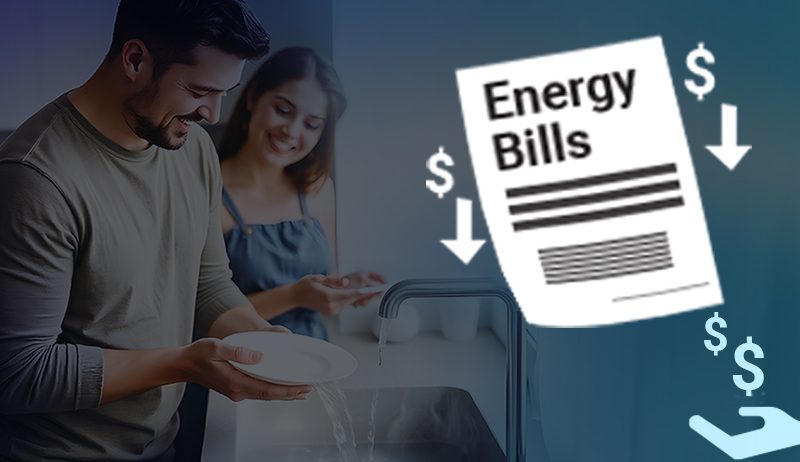
Low-flow fixtures are designed to reduce home water use without sacrificing performance. These include water-saving taps, showerheads, toilets, urinals, outdoor watering systems, and appliances like dishwashers and washing machines.
Water-efficient products can reduce water usage by 20–60%, depending on the fixture and its use.
Using less water with these fixtures helps protect this vital resource, especially in places with water shortages or droughts. Less energy is needed to pump and treat water, which lowers carbon emissions and supports the fight against climate change.
Installing low-flow fixtures throughout your home is a great way to save money. By lowering the need for water heating and pumping, these fixtures can help reduce water system costs and your water and electricity bills.
Upgrading to water-saving fixtures can also increase your home’s value, making it more appealing to future buyers who look for eco-friendly and energy-efficient features.
10 Easy Ways to Save Water with Low-Flow Fixtures in Australia
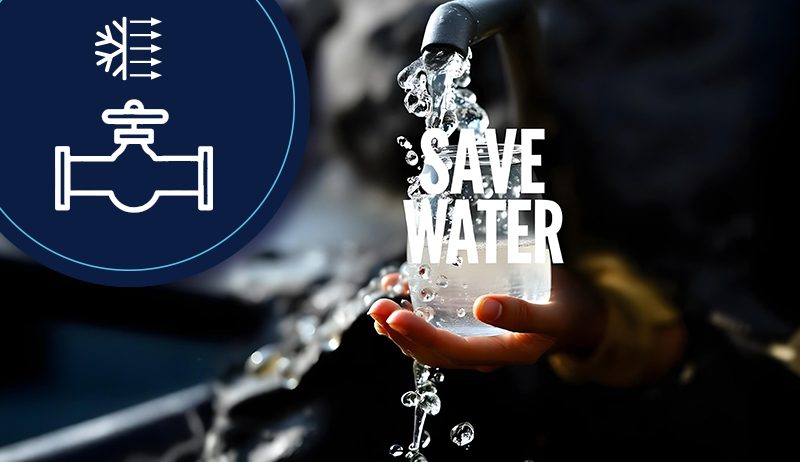
Saving water at home is easier than ever, thanks to low-flow fixtures. Special taps, shower heads, and toilets are designed to use less water while still working well.
Here are ten simple ways to use low-flow fixtures in your home to save water and money. This is essential as Australia faces frequent droughts and high water costs.
1. Install Low-Flow Showerheads
2. Switch to Low-Flow Faucets
3. Use Water-Efficient Toilets
4. Choose Aerators for Your Faucets
5. Opt for a Water-Efficient Dishwasher
6. Use a Low-Flow Washing Machine
7. Fix Leaky Faucets and Pipes
8. Add Flow Regulators
9. Reduce Shower Time
10. Choose Water-Efficient Outdoor Fixtures
Consider low-flow sprinklers or a drip irrigation system if you have a garden. These are designed to water plants slowly and directly, using less water overall.
These simple changes with low-flow fixtures can make a big difference in your water usage, saving you money and helping the environment. You’ll contribute to water conservation efforts across Australia by making a few adjustments.
How Much Water Can Low-Flow Fixtures Save in Australia?
Low-flow fixtures can save a lot of water in Australian homes. A standard showerhead uses about 15 to 25 litres of water per minute, but a low-flow showerhead only uses around 7 to 9 litres per minute.
This can save thousands of litres each year for a typical household. Similarly, low-flow faucets can cut water use by about 30-50% compared to regular taps. Toilets with dual-flush options also save a lot.
While older toilets might use 12 litres per flush, a dual-flush toilet uses only about 3 litres for a slight flush and 6 litres for a larger one. Low-flow fixtures can reduce a home’s water use by up to 50%, which helps lower water bills and eases demand on local water sources.
Extra Tips for Saving Water
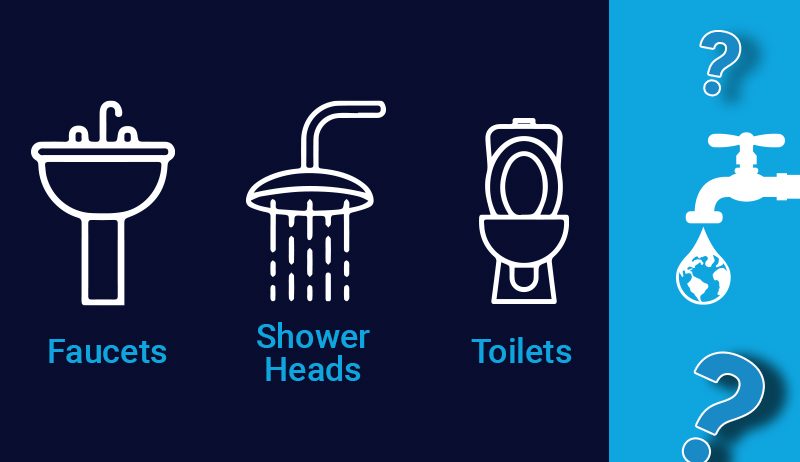
Turn off the tap when brushing your teeth:
Use dual-flush toilets the right way:
Avoid flushing anything other than toilet paper and human waste:
Fix leaks quickly:
Even low-flow fixtures can develop leaks over time. Check for leaks regularly and repair them as soon as possible to keep your water-saving efforts on track.
Contact Cyanergy for more informative content like this.
